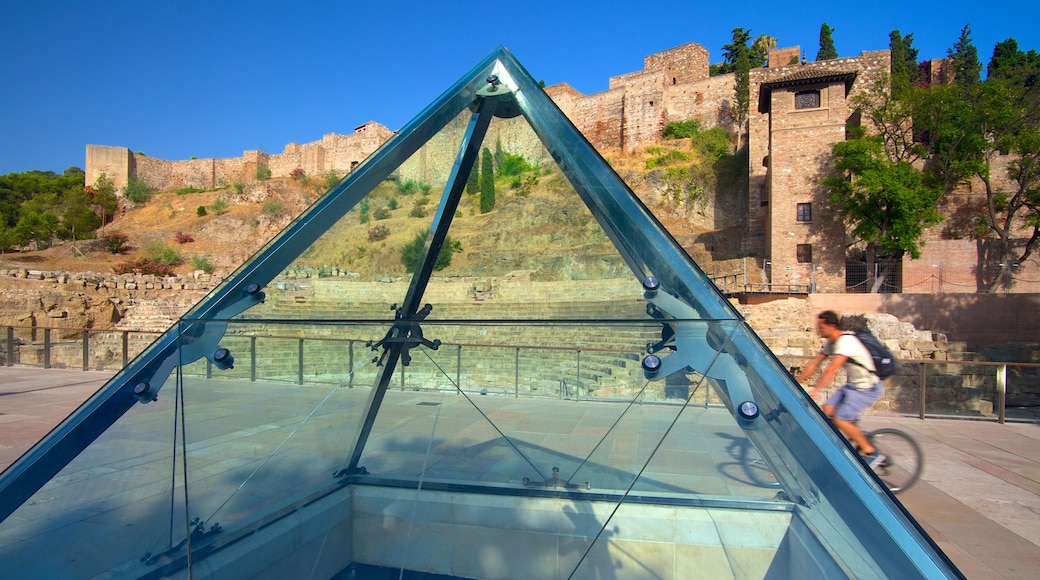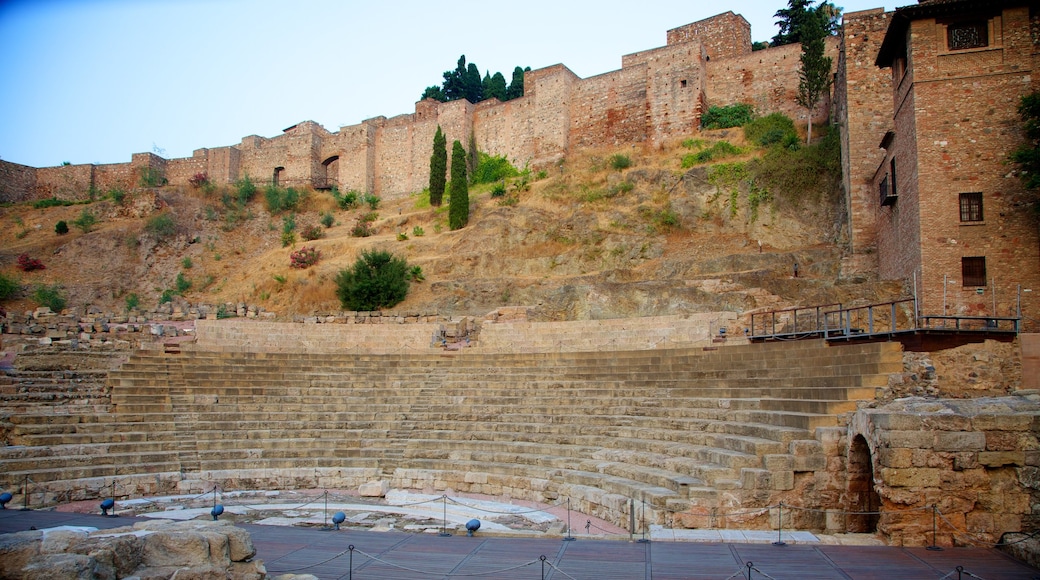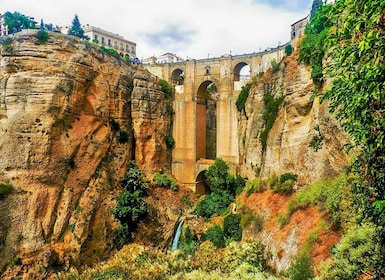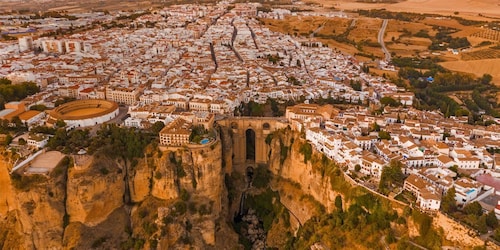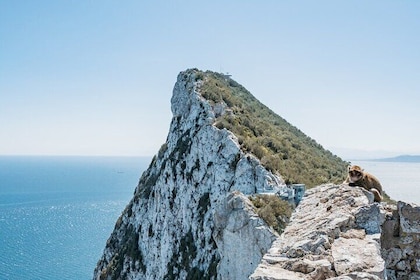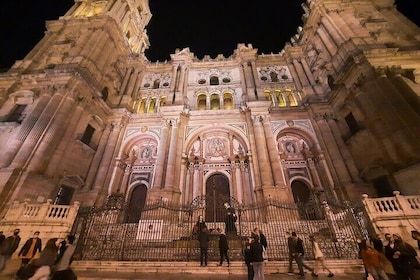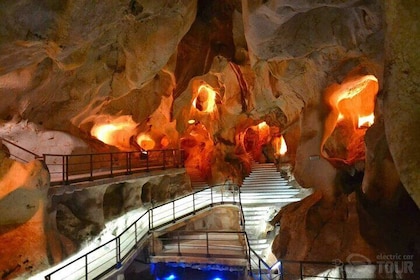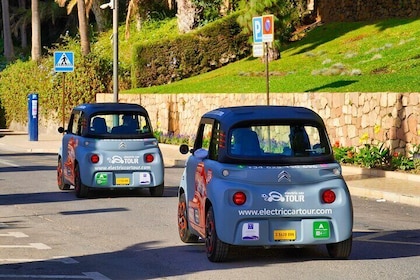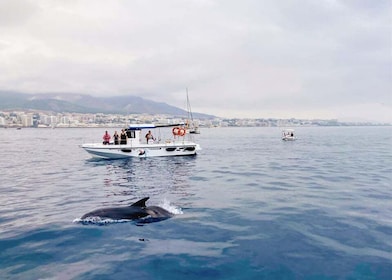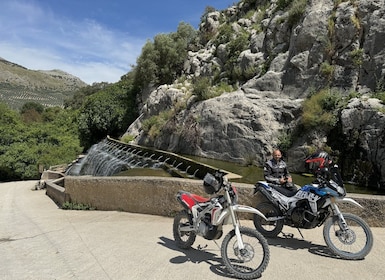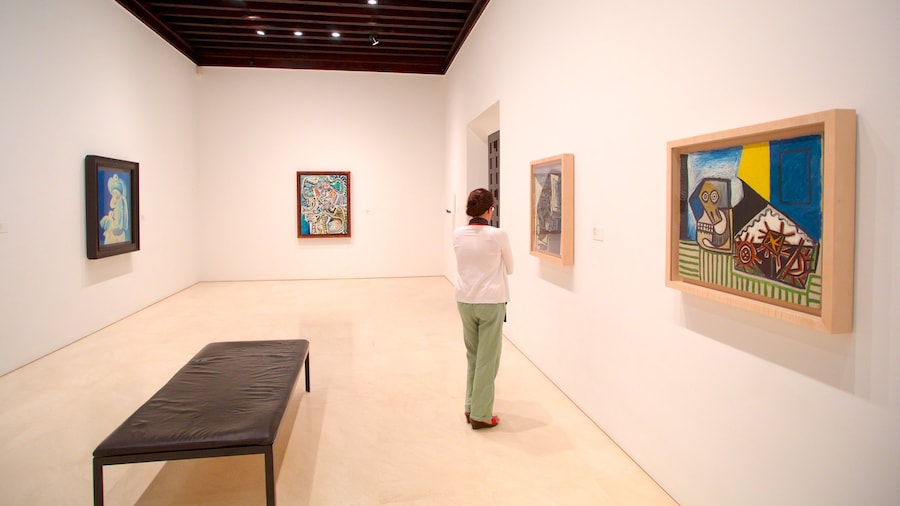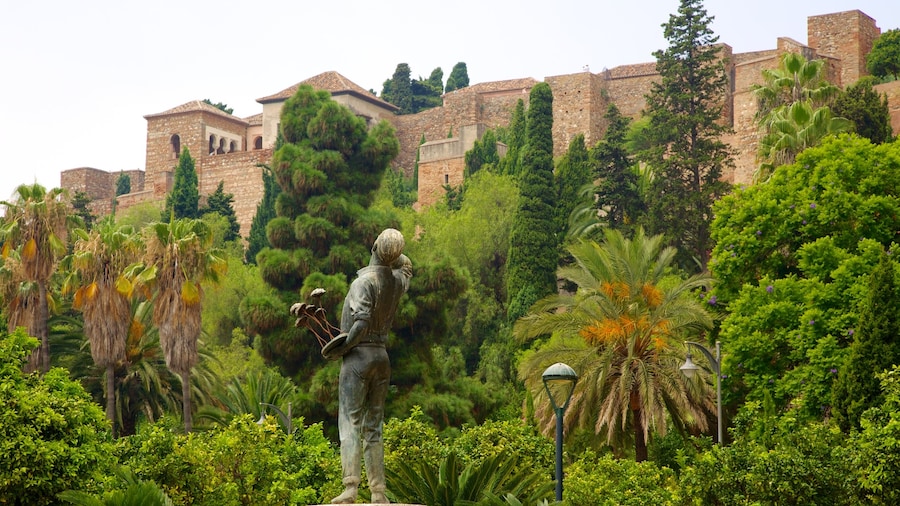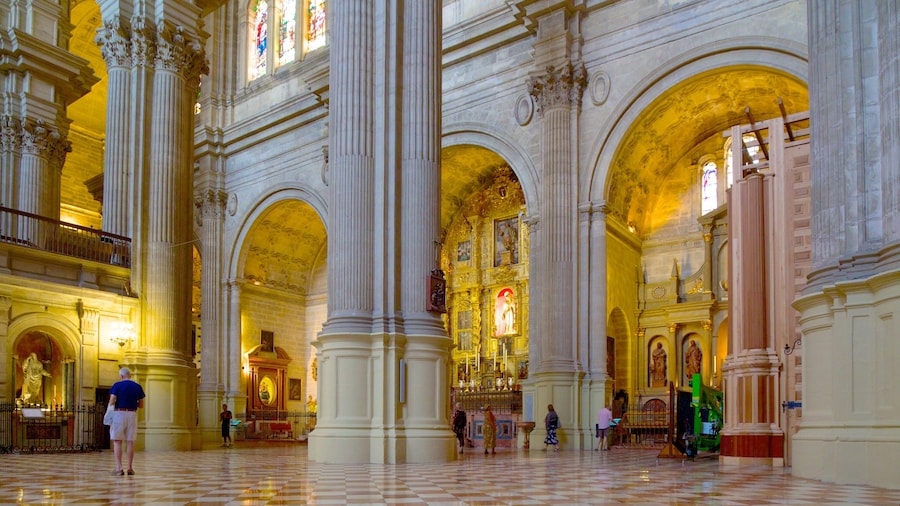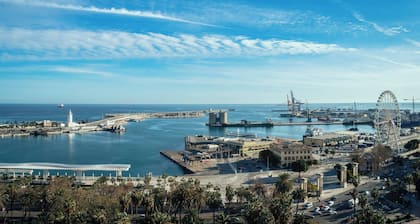The oldest monument in Malaga city is one of the few Roman ruins still remaining in Andalusia. Having withstood the test of time and warfare over the centuries, the ancient Malaga Amphitheatre has been brought back to life and now hosts open-air performances in the summer.
Malaga’s Roman amphitheater lay buried under rubble for centuries until its rediscovery in 1951 by construction workers. A full archaeological excavation revealed a theater dating all the way back to the first century B.C.
El Teatro Romano, as the locals call the public arena, was in use under emperor Augustus. Moorish settlers in the eighth century removed many of the marble columns in the amphitheater and incorporated them into the foundations of the nearby Alcazaba, creating a remarkable mix of Roman and Arabic architecture. Over time, quarrying left the amphitheater hidden and it remained unseen for almost 500 years.
Explore the structure’s ancient design. Wander through the Cavea, the space reserved for the audience, and the semicircular orchestra area for the musicians. Put yourself in the spotlight on the Proscaenium (stage). Today the amphitheater seats 220 spectators at full capacity.
Visit the informative Interpretation Centre next to the amphitheater. This building operates as a hub for both visitors and archaeologists. Discover the fascinating saga of this site and see archeological finds such as tools and pottery. Learn about the excavation and restoration process through audiovisual exhibitions.
You can reach the Malaga Amphitheatre by foot from Calle Alcazabilla, to the west of the historic Alcazaba in the Old Town. From the major bus hub of the Paseo del Parque, it’s a five-minute walk over the Plaza Aduana to the amphitheater. The amphitheater is open daily and is free to enter, but during performances you may have to pay a fee.
